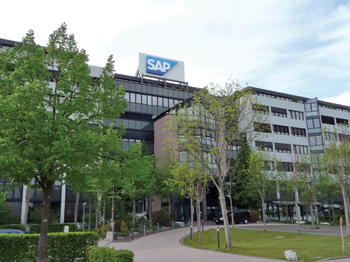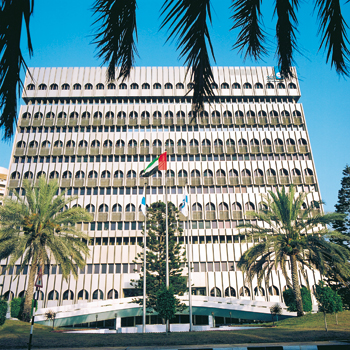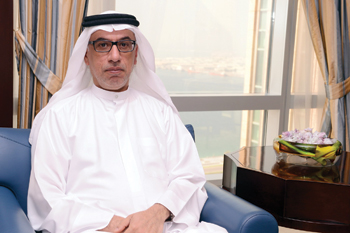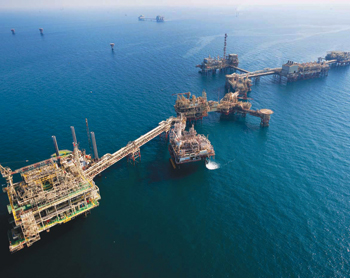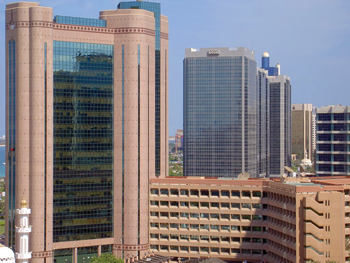
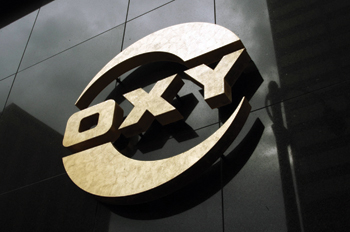 Oxy ... partnering with Adnoc for the Shah field
Oxy ... partnering with Adnoc for the Shah field
LOOKING to reduce its imports and at the same time meet growing energy demands, Abu Dhabi is seeking to develop its sour gas reserves, both on and off-shore.
Gas is used extensively for electricity generation, water desalination and as an industrial feedstock in the emirate, and demand on all fronts is rising rapidly. Indeed, according to Abu Dhabi Water and Electricity Authority (Adwea), power consumption is set to rise by 11.3 per cent annually.
But with much of Abu Dhabi’s existing gas production already committed for export, the current gap in domestic demand is being bridged via imports from Qatar. As this divide is expected to widen further in the coming years, developing local sour gas production is seen as the answer, Global Arab Network reports according to OBG.
Sour, or tight gas as it is sometimes known, has high concentrations of other elements, often hydrogen sulphide (H2S) or carbon dioxide (CO2), which are toxic and corrosive. Until relatively recently, the cost of processing sour gas to remove these other elements to make it usable has been too high to make it commercially viable. However, increasing demand and improved technology have changed this.
Currently, Abu Dhabi has a number of sour gas projects under development. The emirate’s latest solution to the gas equation is also one of its most technologically pioneering: to produce and process gas from the onshore Shah field, most of which is deemed sour.
When up and running, which according to the current schedule should be operational in early 2015, the $10-billion natural gas project, a joint development between Adnoc and US-based Occidental Petroleum, is expected to produce 14.2 m cu m of gas per day.
Another project is the Bab field, located around 150 km to the south west of the city of Abu Dhabi. A third sour gas field is located off Abu Dhabi’s coast, but has yet to be developed.











































































